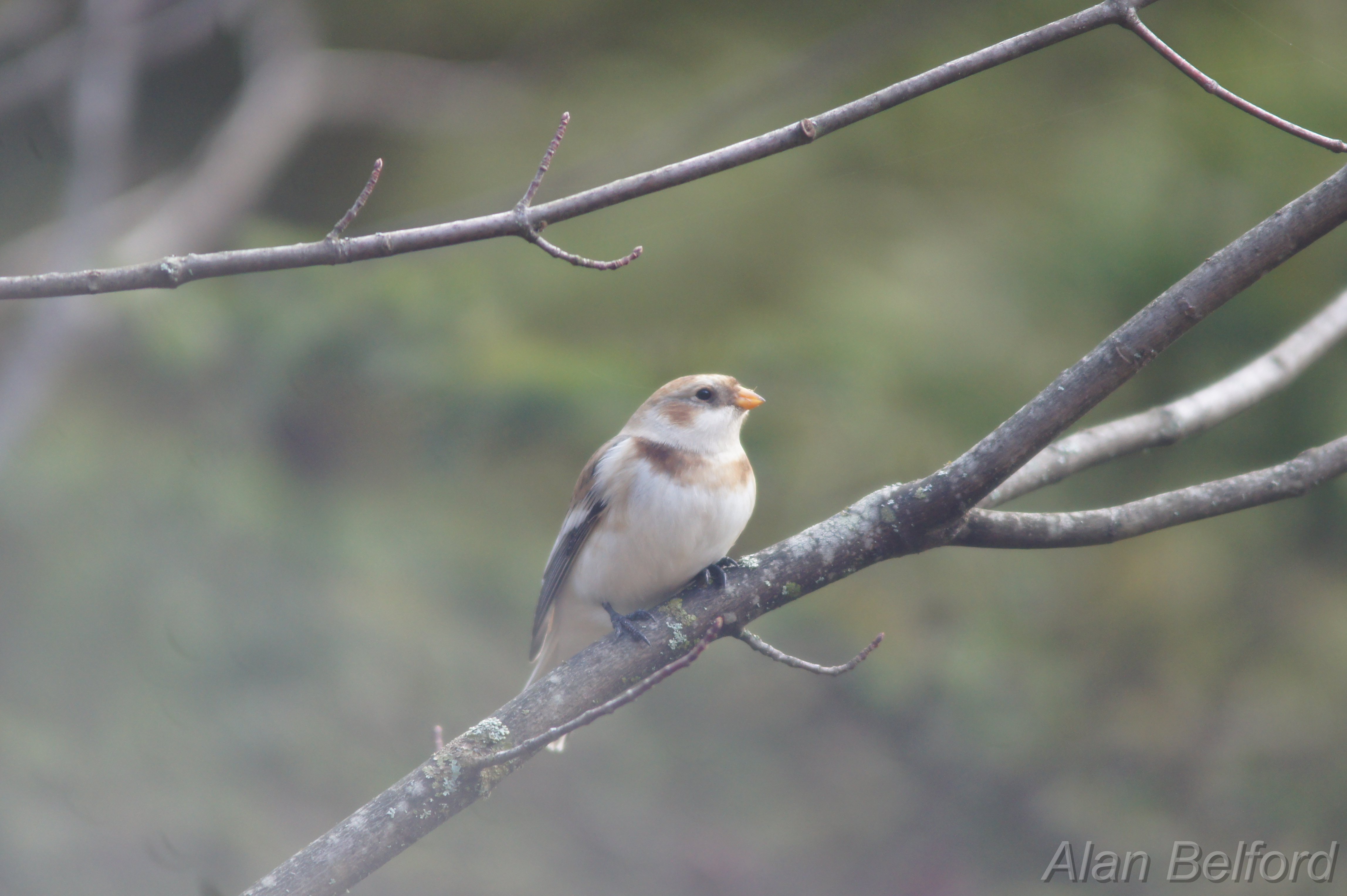
Continuing migration
Some folks mistakenly think since many of our songbirds have left town for the season that fall migration is over. But that assessment is incorrect – while it is true most of our warblers and many of our other songbirds have headed south, we still have a lot of other species arriving and passing through the region.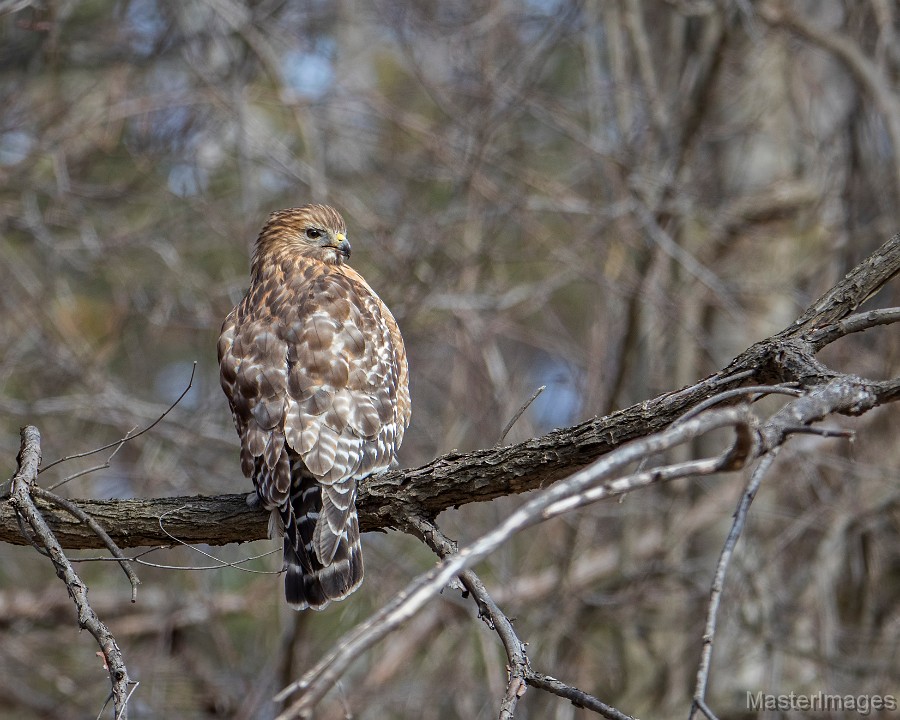
For starters, the raptor migration is currently in full swing, and any day with north winds could produce flyover Cooper’s, Sharp-shinned, and Red-shouldered hawks, and pretty much any other raptor found in the North Country. This list also includes Golden Eagles and we are currently in the sweet spot on the calendar to glimpse one heading south. Bald Eagles are also migrating south, although we often keep some around later in the season until our lakes begin to freeze over.
Ducks and other aquatic species
Perhaps more impressive, the latter half of October is also when we begin to find migrant ducks and other species of waterfowl stopping over on Adirondack lakes during their southbound passage. They may stick around for several days or perhaps just a few hours, so constant vigilance is key in discovering them resting or feeding during their long journey.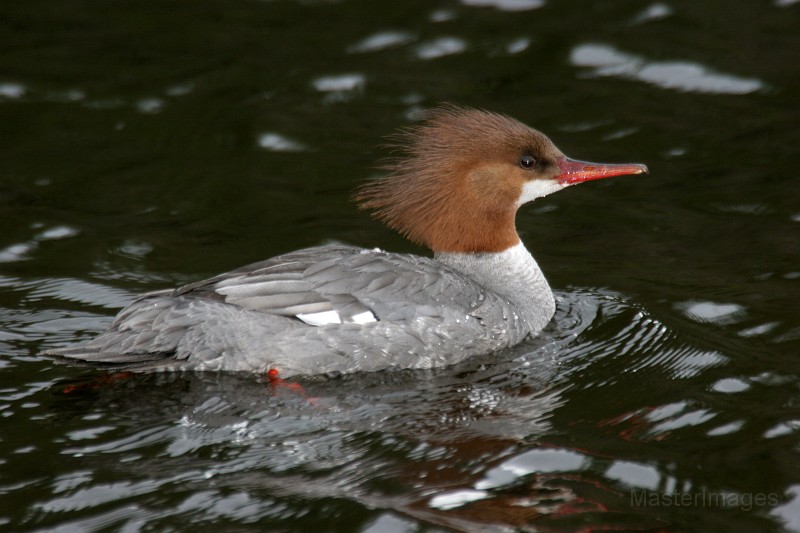
Pretty much any Adirondack lake can host these birds, but Tupper Lake is one of the best places to check in the entire region, with pull-offs and viewpoints dotting the spine of the lake along Route 30. Many birders begin at the Tupper Lake Municipal Park and work their way south, stopping at the viewpoint by the bowling alley, along the causeway through Tupper Lake Marsh, at the boat launch, and then continuing south into Hamilton County.
After all, northern Hamilton County extends such a birding outing by offering sites like Little Tupper Lake and Round Lake, and birders can search for waterfowl by viewing Little Tupper Lake from Sabattis Road, or they can take a fall paddle to check out Round Lake and the channel which connects it to Little Tupper, where species like Ring-necked Duck and Hooded Merganser can often be found. After all, we need to take advantage of the good paddling days we have left in the season, so it is a fun idea to do some birding while we’re at it.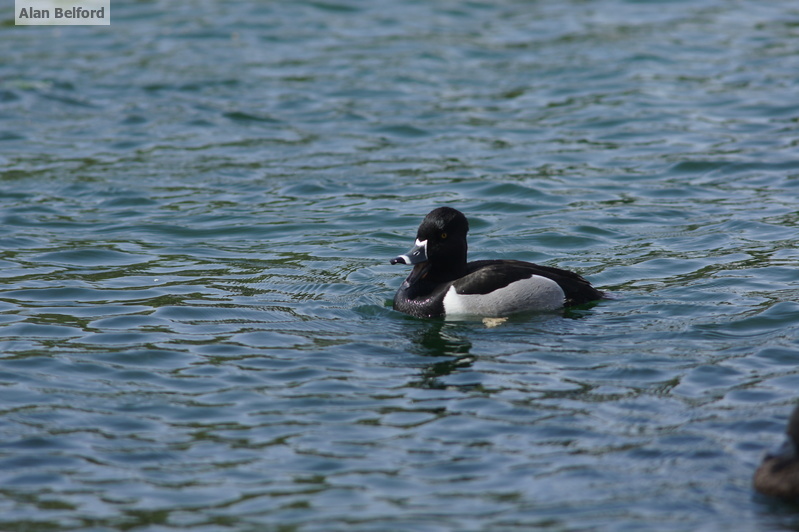
Whatever route birders choose, the latter half of fall can offer a wide array of aquatic species. I’ve already seen reports of ducks including Ring-necked Duck, Greater Scaup, Common Merganser, American Black Duck, Wood Duck, and Mallard from Tupper Lake Marsh, and their numbers will soon be growing. The diversity of species will likewise begin to swell since species like Long-tailed Duck, Red-breasted Merganser, Lesser Scaup, Common Goldeneye, and Bufflehead are all found each year in the vicinity, and there is always the chance of finding rarer birds like Canvasback, Redhead, and anything else that passes through the North Country.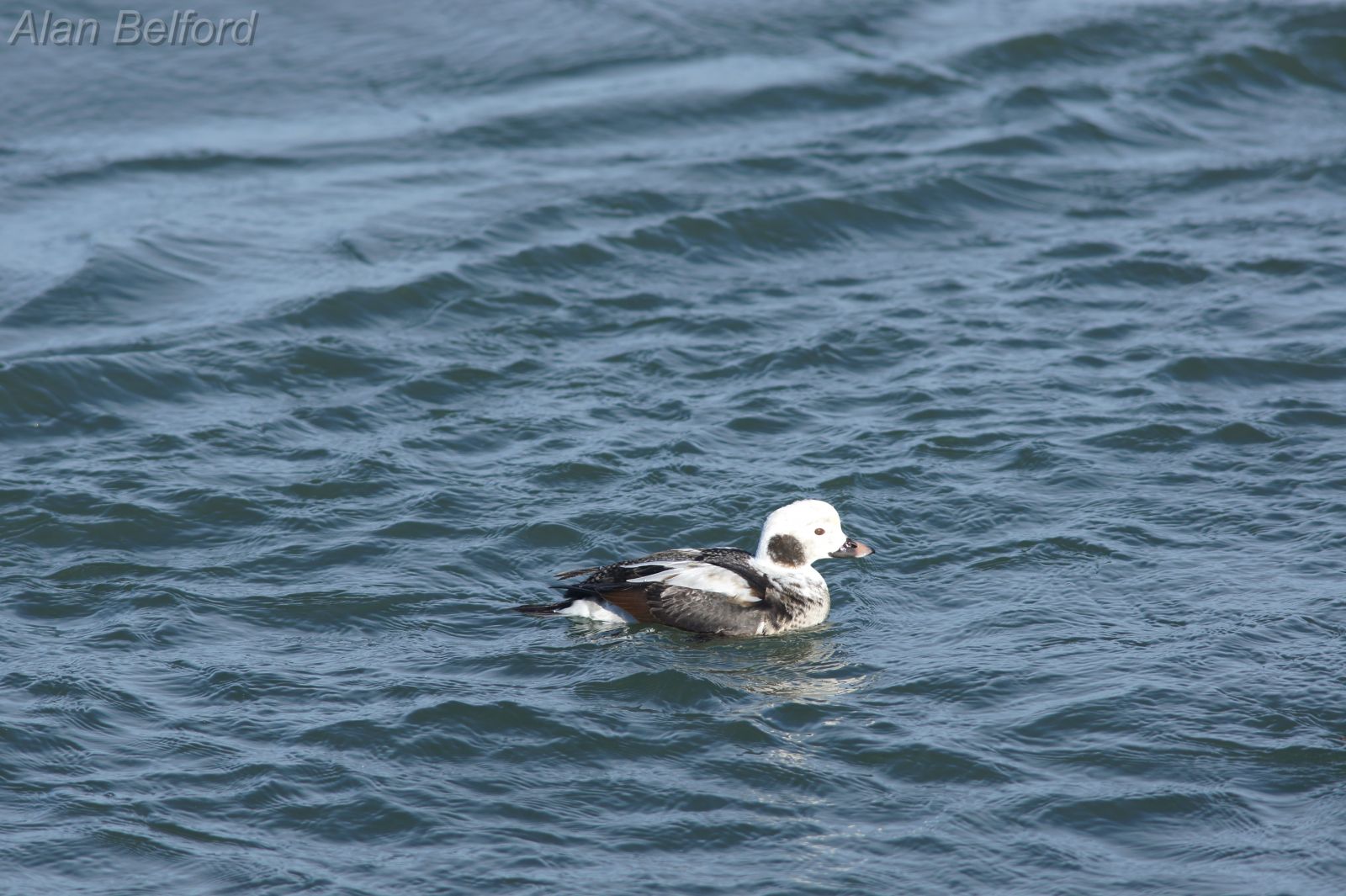
And ducks don’t hold exclusive rights to these lakes, either. The latter days of fall feature long lines of Snow Geese overhead, and October is a good month to spot small flocks of Brant resting on Adirondack waters. Not only that, but both Common and Red-throated Loons can be spotted on their route to the coast, and Pied-billed, Horned, and Red-necked Grebes are all annual during migration. It makes the second half of fall a great time of year to keep two eyes open on Adirondack lakes.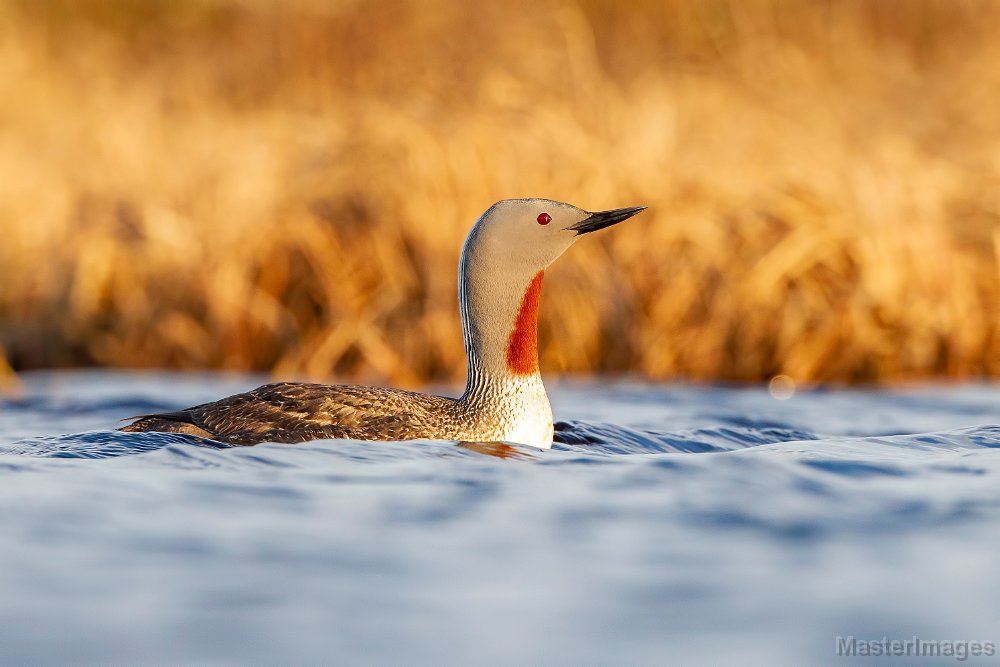
Fall songbirds
At the same time, our songbird migration still isn’t finished. We are hitting an excellent time of year to spot migrant American Pipits, Dark-eyed Juncos, and White-throated, White-crowned, and Vesper Sparrows – the latter birds from a long list of potential sparrows still making their way south. Snow Buntings also begin to make their first appearance of the season, some of which will remain in the valleys surrounding the Adirondacks all winter long.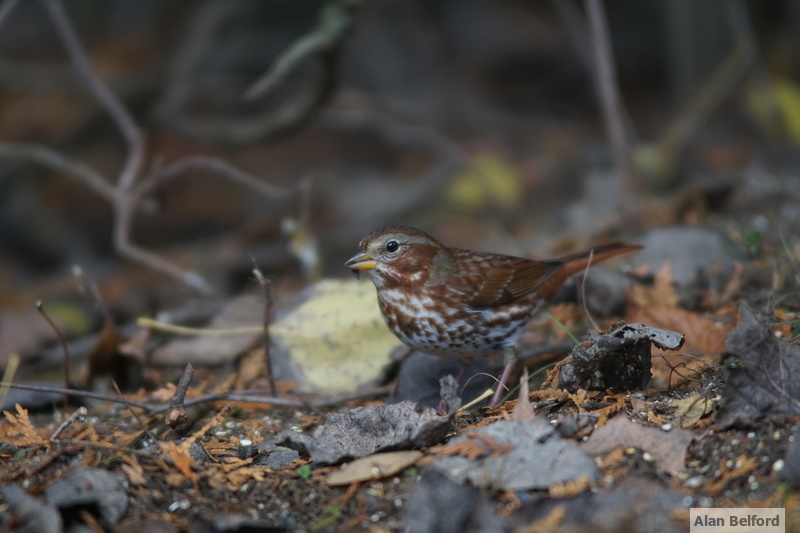
The same is true of Northern Shrikes hunting from hedgerows – one lingered for much of last winter near Tupper Lake Municipal Park. And no one should brush off the potential for fall northern finches, either. October and the latter half of fall are often marked by flocks of Purple Finches and Pine Siskins, and last year we were treated to a fall and winter complete with both Evening Grosbeaks and Pine Grosbeaks. Fall is also a time of year when we hear both Red and White-winged Crossbills passing overhead, and we should all be alert for them feeding on the seeds of cones in our conifers. Every year is different for crossbills, so we will see what this year brings, but there is only one way to find them – you have to get outside.
And so once again migration and birds compel us to head outdoors — even on days when the weather doesn’t seem suitable for other activities – because you never can predict exactly what you will find. That’s the fun of birding. After all, I know what I’ll find if I stay inside at home. So with the weather changing and late fall whisking our leaves away in favor of snow, it is a great time of year to do some exploring.
Fall migration stretches from the middle of summer straight up until it's time for Christmas bird counts. Plan your birding adventure today by visiting our lodging and dining pages.
